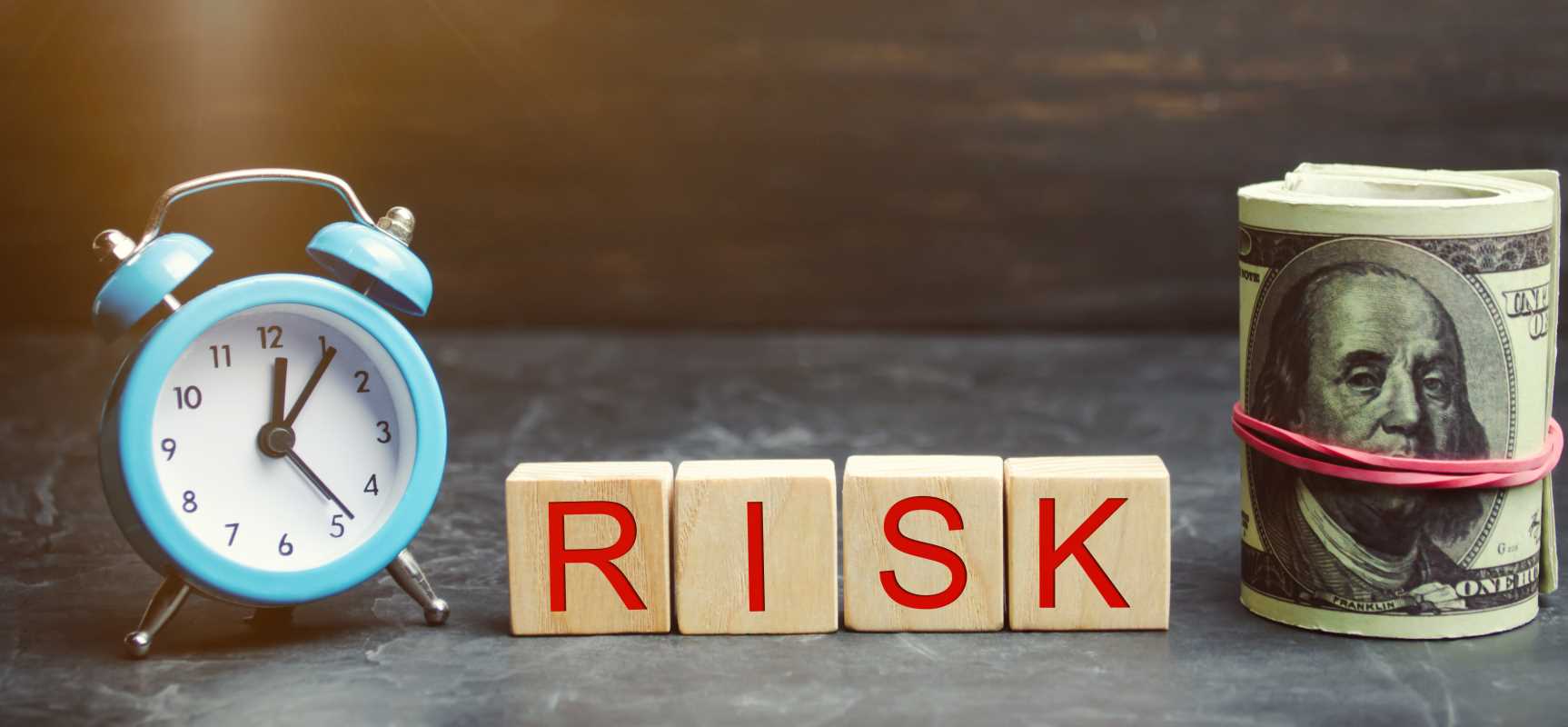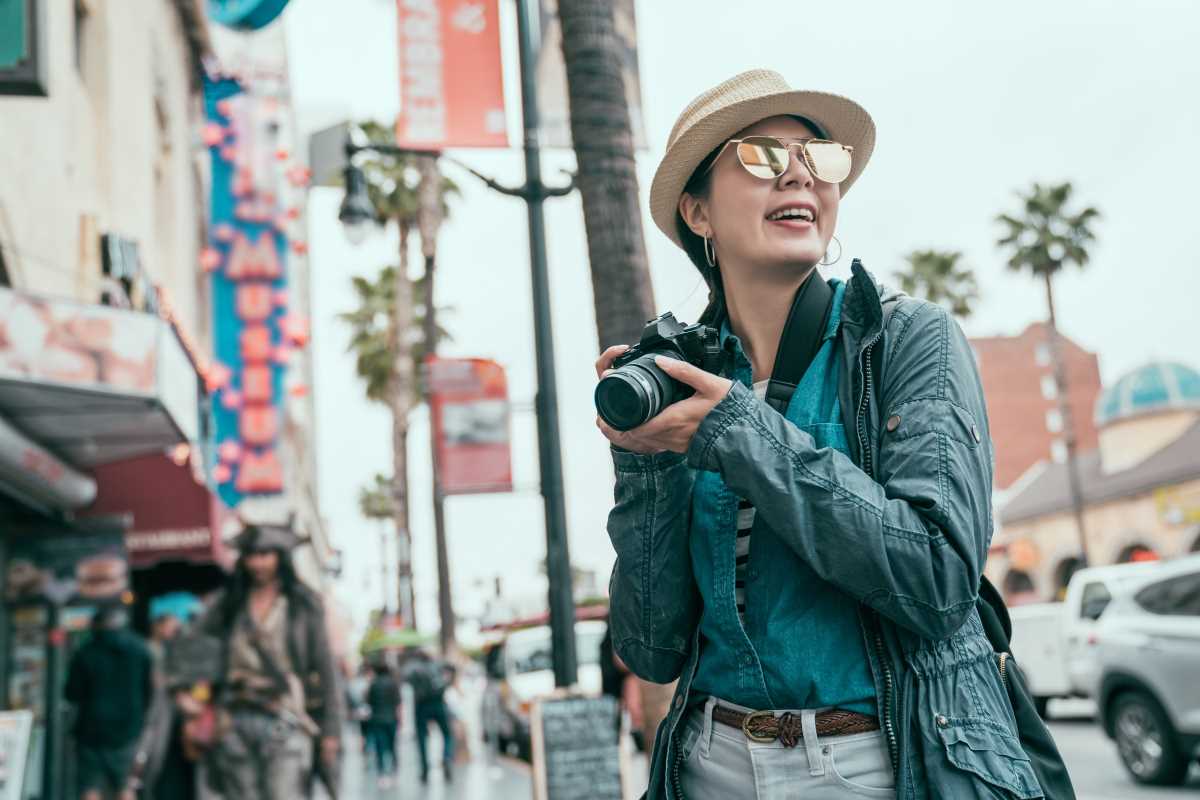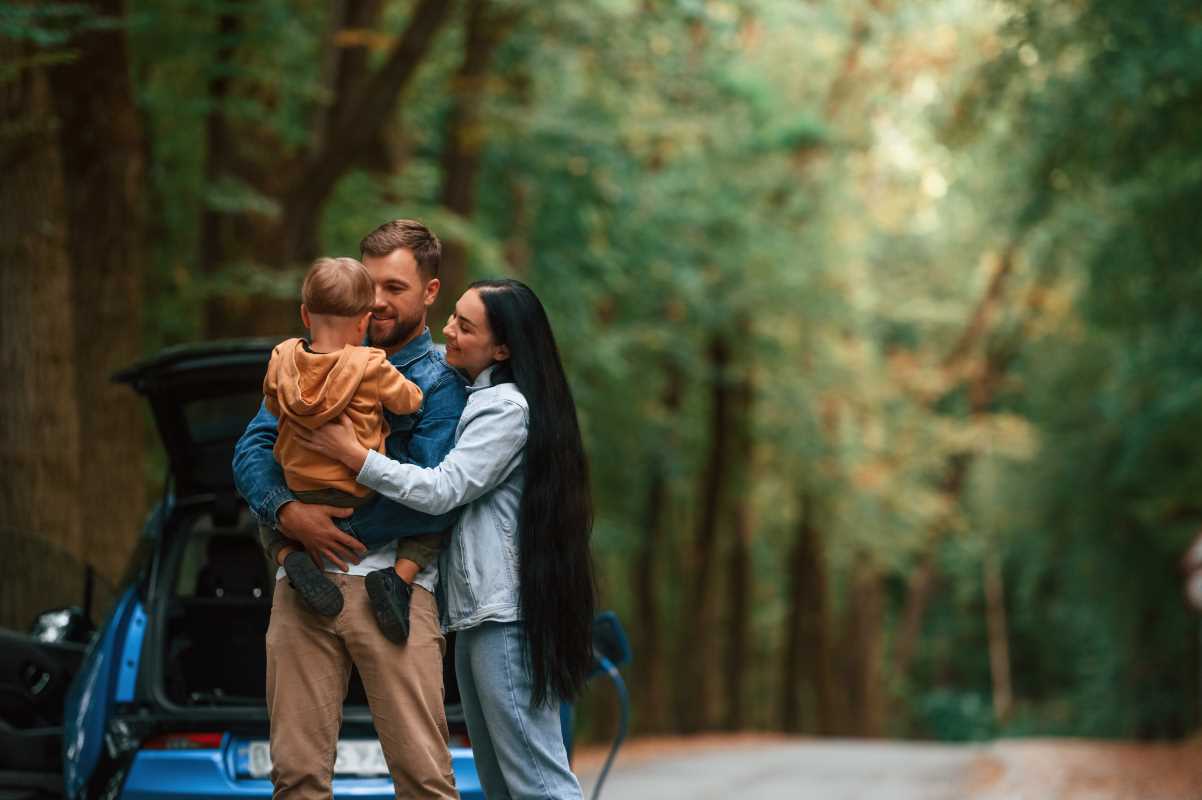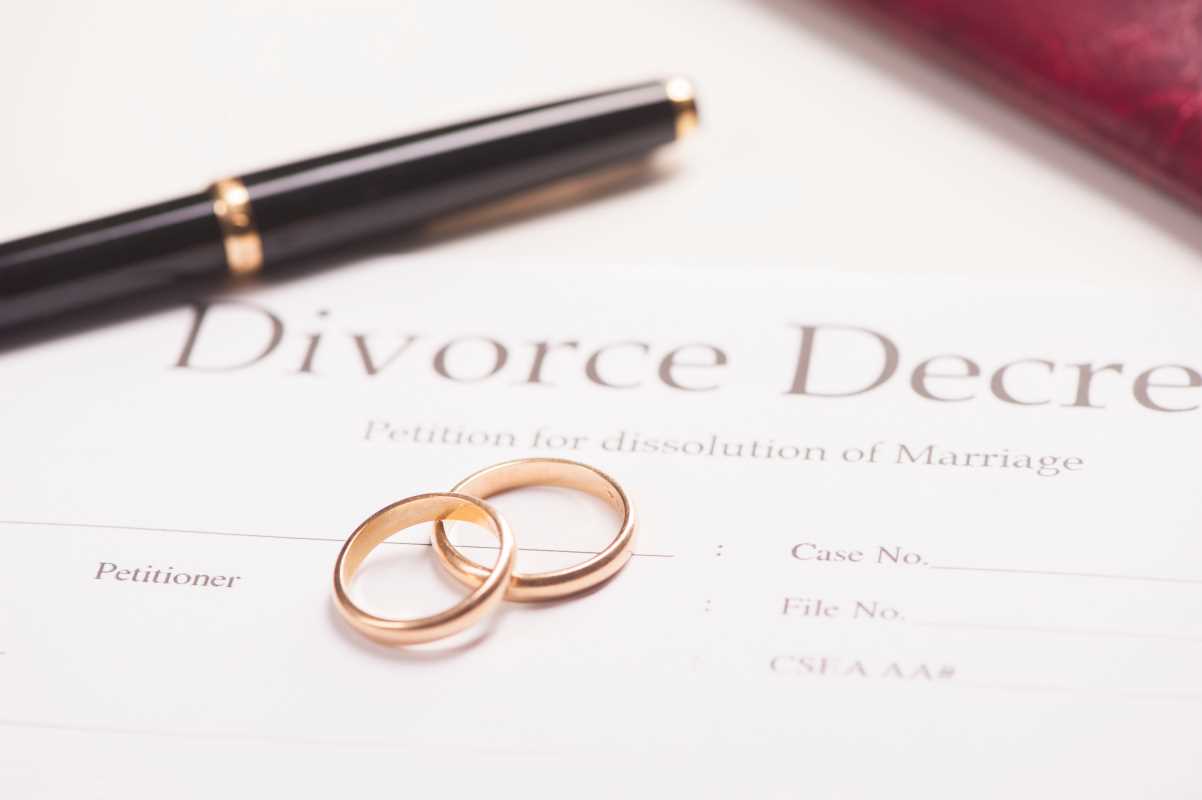For centuries, people have instinctively turned to a different kind of language to make sense of their inner worlds. They have picked up a paintbrush to translate sorrow into color, struck a chord to give voice to unspoken joy, or woven a story to capture the shape of their grief. This timeless impulse to create is far more than a quaint tradition or a simple pastime. It is a powerful, transformative, and accessible form of healing, allowing us to process our deepest emotions and mend the wounds we cannot always name.
Unlocking the Brain's Natural Pharmacy
Creative expression taps into our brain's remarkable ability to heal itself. When we engage in activities like painting, writing, or playing music, we're not just having fun; we're actively rewiring our neural pathways. This process, known as neuroplasticity, is crucial for recovering from emotional trauma and stress.
Recent research from 2024-2025 highlights how creative engagement directly impacts key brain regions. The amygdala, our brain's alarm system, often goes into overdrive after trauma. Studies show that art-making can actually dial down its activity, reducing anxiety and stress. Simultaneously, the prefrontal cortex, responsible for executive functions like emotional regulation, becomes more active. This helps us process difficult feelings more effectively.
- Stress Reduction: Engaging in creative activities for just 45 minutes significantly lowers stress levels, regardless of artistic skill.
- Emotional Regulation: A remarkable 78% of participants in art therapy sessions reported improved emotional regulation.
- Neurochemical Boost: Creative endeavors stimulate the release of dopamine and serotonin, neurotransmitters that naturally boost mood and reduce feelings of depression.
This isn't just about feeling better in the moment; it's about fundamentally changing how our brains respond to stress and trauma.
Processing Trauma Through Art
Trauma often leaves us with memories and feelings that are too overwhelming or fragmented to articulate verbally. This is where creative expression truly shines. It offers a safe, non-verbal language to explore these difficult experiences.
Think of it this way: traumatic memories can get "stuck" in the brain's emotional centers, disconnected from our rational thought processes. Art provides a bridge, allowing us to externalize these feelings and memories, making them more manageable.
- Trauma Recovery: A systematic review published in January 2025 found that creative arts therapy is effective in alleviating PTSD symptoms, with significant reductions observed across hundreds of participants.
- Non-Verbal Expression: For children or adults who struggle with verbalizing their experiences, art offers a vital outlet. A 10-year-old named Sophia, who suffered from selective mutism, found her voice through art therapy, her drawings evolving to depict her feelings and eventually enabling her to speak more freely.
- Memory Reconsolidation: Creative arts uniquely facilitate memory reconsolidation, a process where distressing memories can be updated with new, non-fearful information, leading to lasting changes.
By giving form to our pain, we can begin to integrate it into our life's narrative, rather than being consumed by it.
Practical Pathways to Healing
The beauty of creative expression is its accessibility. You don't need to be a professional artist to reap its benefits. Simple, everyday activities can be profoundly therapeutic.
- Mindful Coloring: This meditative practice can reduce stress and improve focus. Even 10-15 minutes of coloring can make a difference.
- Expressive Journaling: Combine writing with simple drawings or collages to process emotions that are hard to put into words. This helps identify emotional patterns and triggers.
- Doodling: Keeping a notepad handy for quick doodles can provide a mental reset during stressful moments, reducing anxiety and improving concentration.
- Creative Cooking: The act of preparing food engages multiple senses and offers a tangible sense of accomplishment, acting as a mindful activity.
"When we use our hands to make art, we trigger our left hemisphere to come online," explains psychotherapist Krista Reinhardt-Ruprecht. "Meanwhile, we are making an internal emotion into an external piece of art, which can help us by looking at it as separate from who we are." This externalization is key to gaining perspective and control.
The Long-Term Impact
Sustained engagement in creative practices builds resilience, equipping us to navigate life's inevitable challenges. It fosters a deeper sense of self-awareness, boosts confidence, and cultivates a more positive outlook.
- Self-Esteem Boost: A remarkable 79% of participants in art therapy reported an increase in self-esteem and a more positive self-image.
- Cognitive Reserve: Regular creative engagement builds cognitive reserve, which can help mitigate the effects of aging on the brain and reduce the risk of cognitive decline.
- Community and Connection: Participating in group art activities can foster social connection and a shared sense of healing, combating feelings of isolation.
Ultimately, creative expression is more than just a hobby; it's a powerful, innate human capacity for healing. By embracing our creativity, we unlock a profound pathway to mend emotional wounds, discover our inner strength, and cultivate lasting well-being.
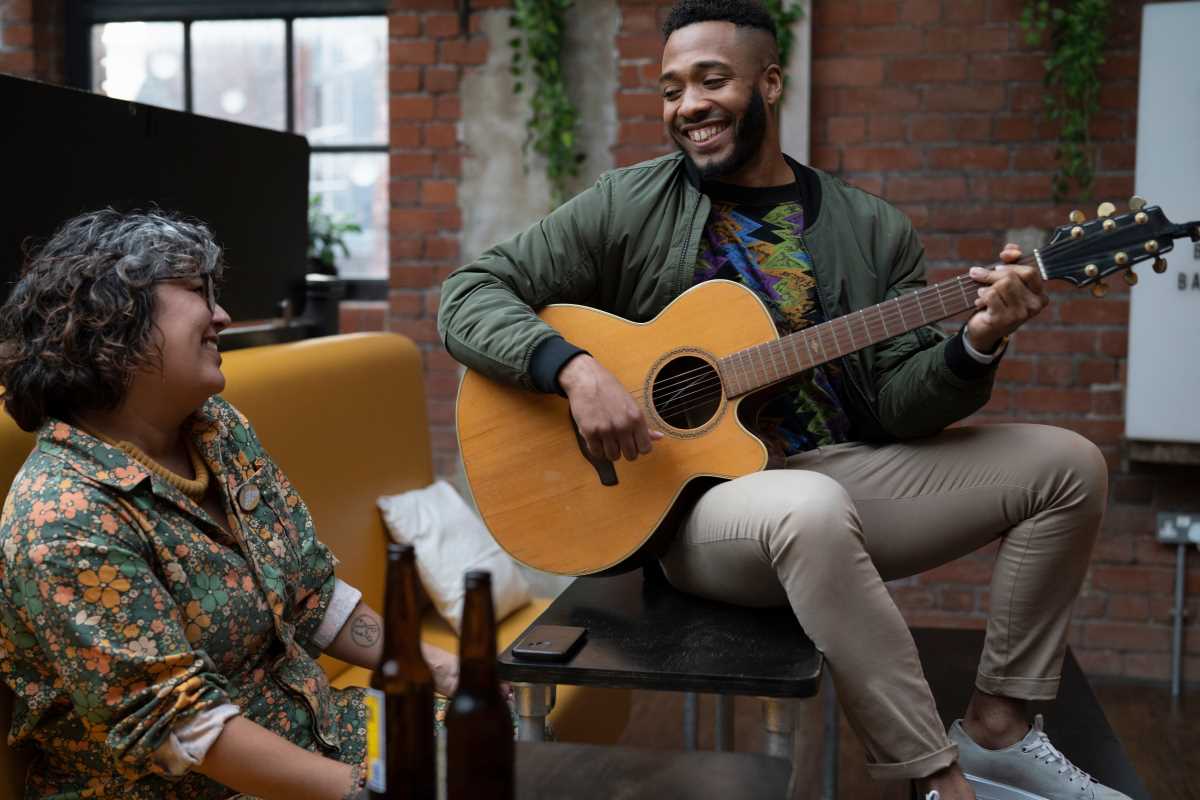 (Image via
(Image via